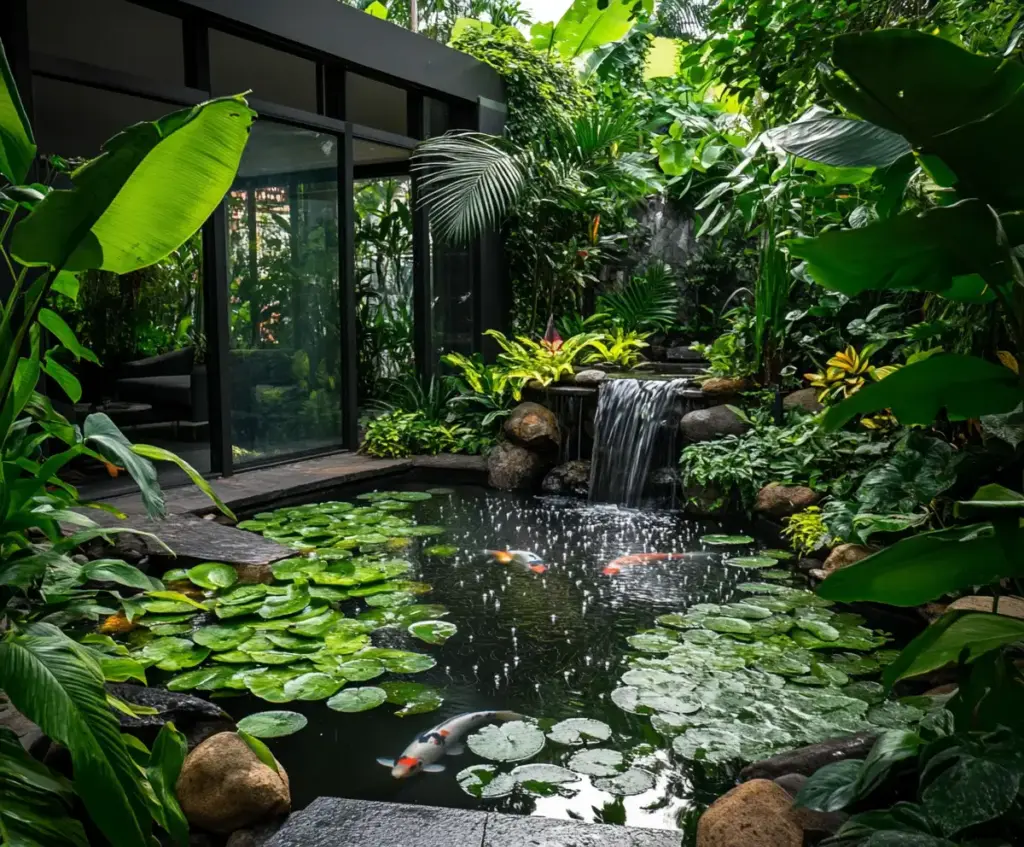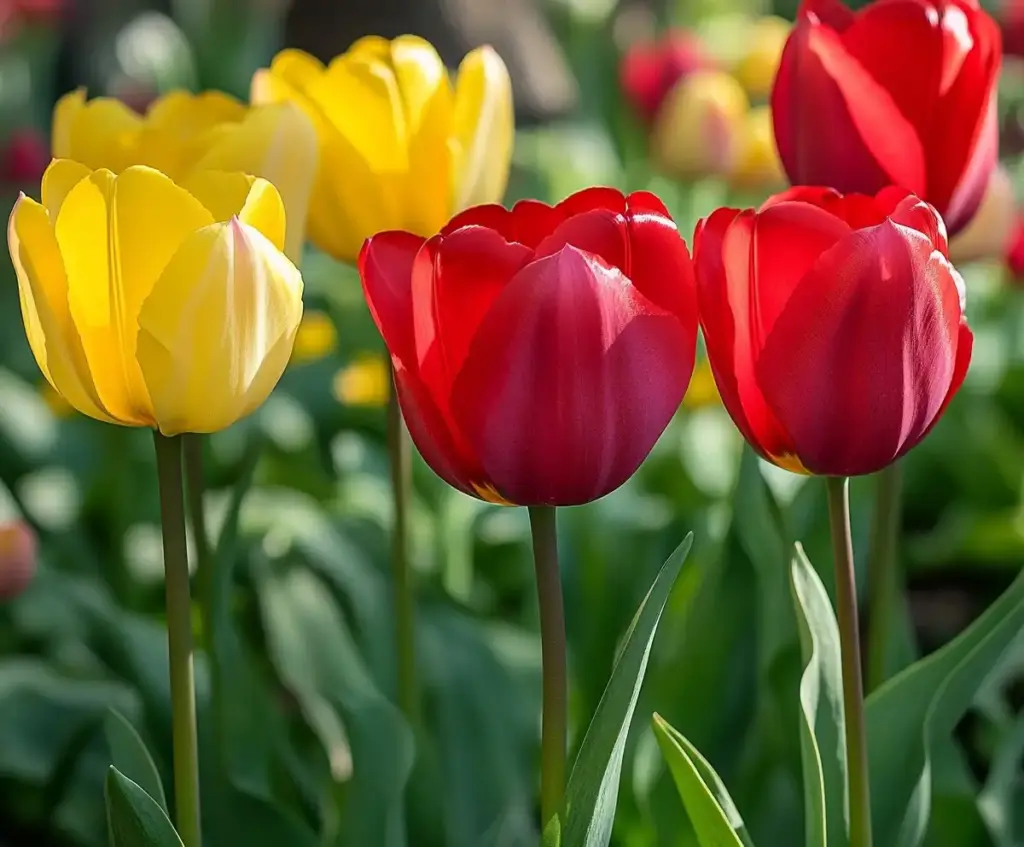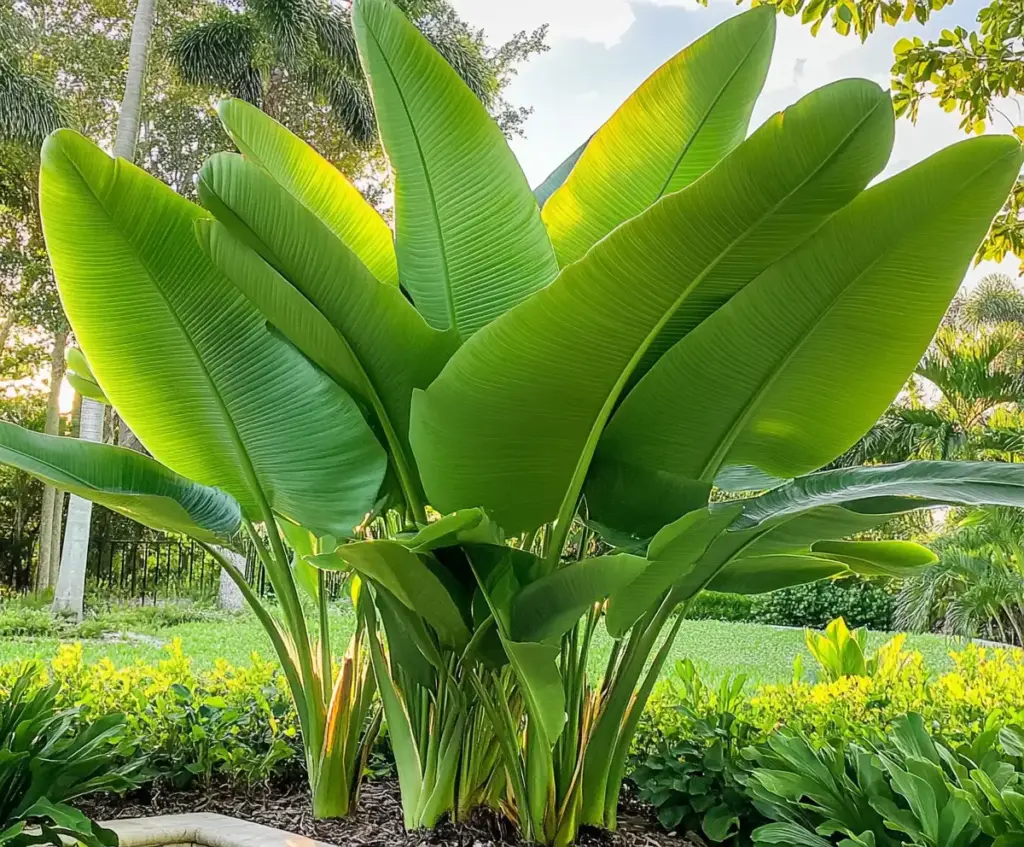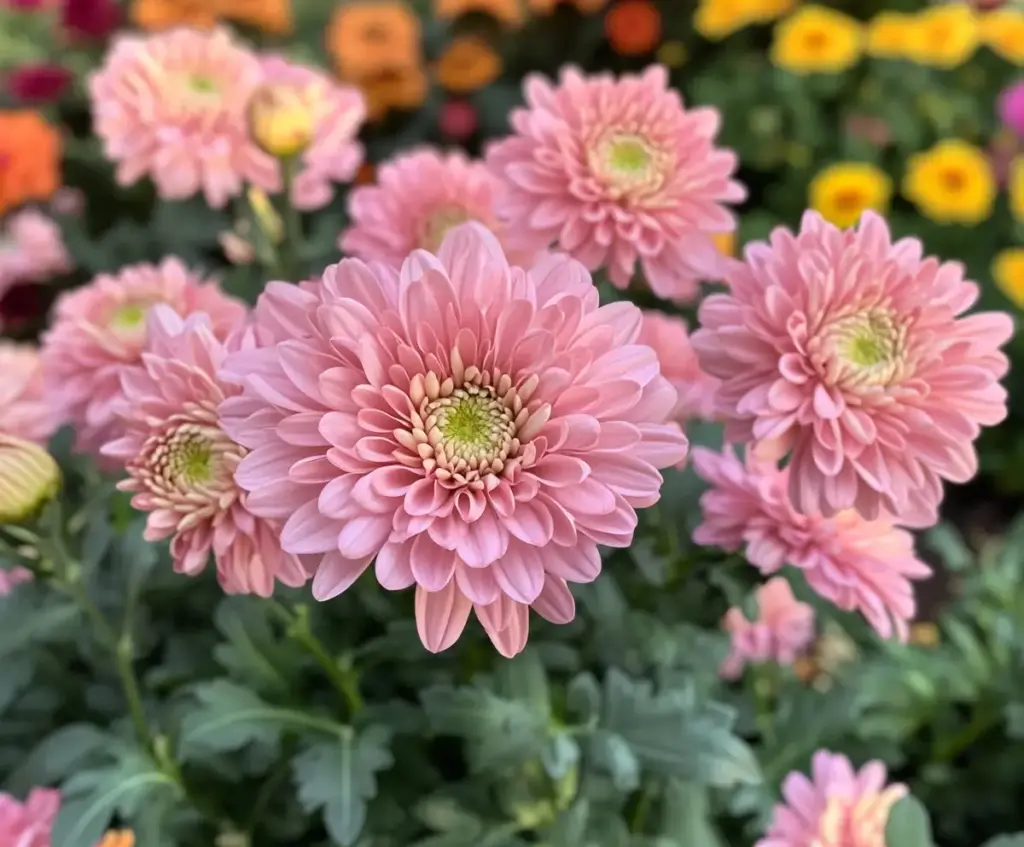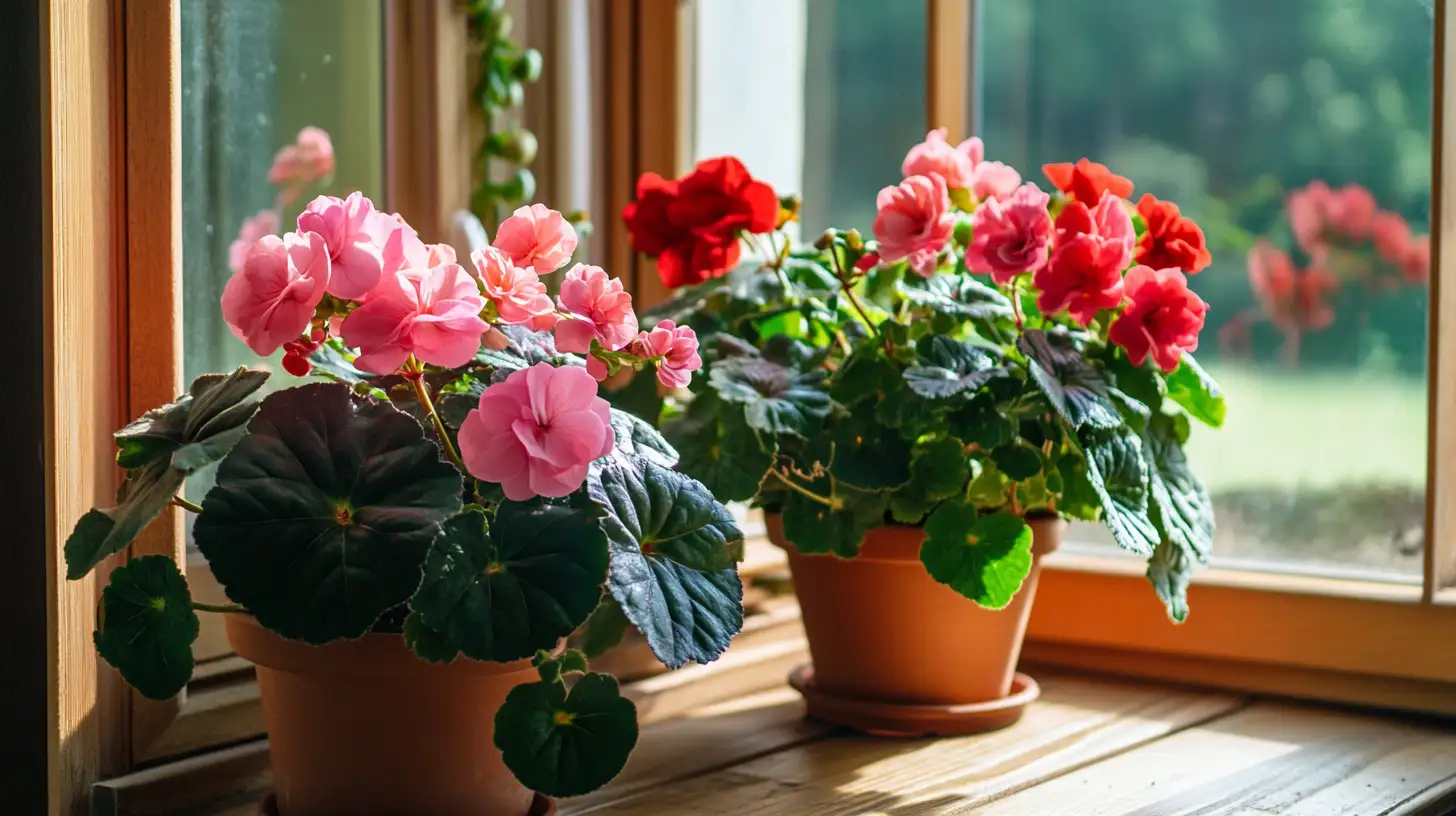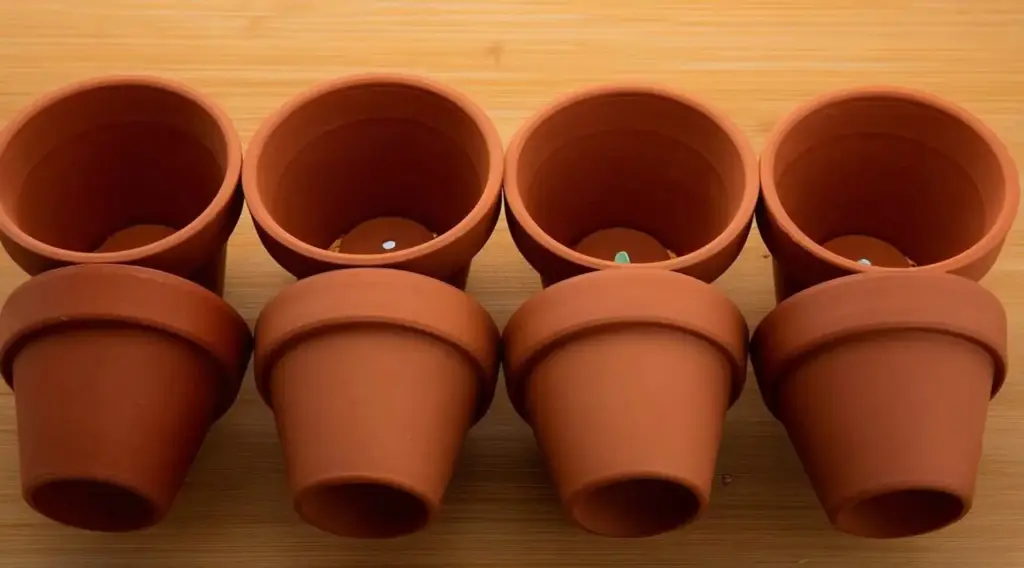Growing begonias in pots is one of the simplest and most rewarding ways to add vibrant color, texture, and personality to shaded patios, cozy balconies, or quiet garden corners. Whether you’re a first-time gardener or an experienced green thumb, begonias in pots provide a low-maintenance, high-impact solution for container gardening. With their dazzling blooms and striking foliage, begonias thrive in containers when given the right conditions—making them a favorite for both decorative and practical spaces.
From lush shade-loving varieties to bold bloomers that complement your outdoor potted plant arrangements, begonias in pots can suit nearly any style. In this comprehensive guide, you’ll discover 15 expert tips to help your begonias flourish—from selecting the perfect container and preparing light, well-draining soil, to mastering watering techniques and preventing common pests. Plus, we’ll explore creative pot designs using the “thriller, filler, spiller” method, featured in our guide to front porch flower pots.
Let’s dive in and show you how to grow begonias in pots that not only survive but truly steal the show.
Table of Contents
🪴 Top Tips for Growing Begonias in Pots
Successfully growing begonias in pots isn’t just about sticking a plant in soil—it’s about creating the right environment for them to thrive. These tips are tailored to container gardening and focus on keeping your begonias healthy, colorful, and blooming for months.
1. Choose Small, Decorative, Well-Draining Pots
Begonias thrive in containers that are only slightly larger than their root ball, ideally 1–2 inches wider in diameter. Go for pots made of ceramic, terra cotta, or even plastic—just make sure they have drainage holes. Without proper drainage, begonias are prone to root rot.
💡 Pro Tip: Match your pot color to your begonia’s blooms for extra visual appeal!
2. Use Light, Fluffy Potting Soil
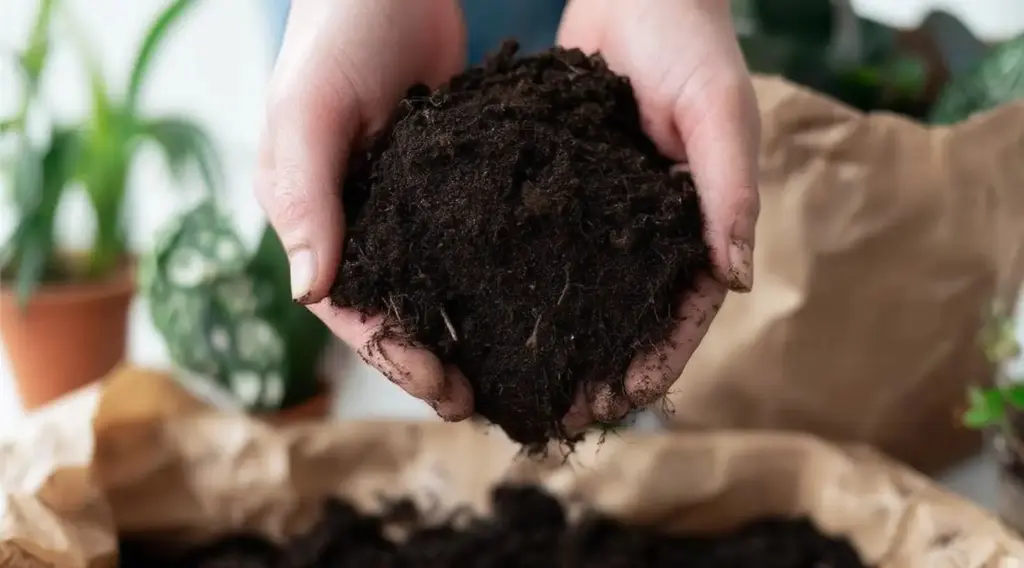
Skip the heavy “black earth” garden soil. Instead, use a high-quality potting mix designed for containers. Look for one labeled as “lightweight,” “well-draining,” or even “soil-less.” You can also mix in perlite or coco coir for extra aeration.
Begonias hate soggy roots—so drainage is everything.
3. Water When the Soil Surface Dries Out
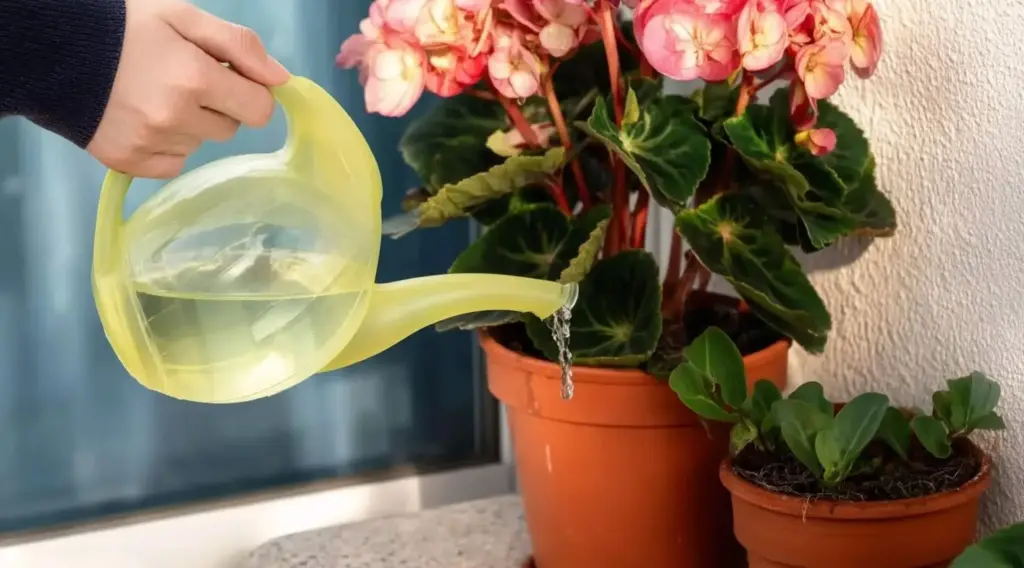
Overwatering is a common mistake. Wait until the top inch of soil feels dry before watering. Then water deeply, allowing excess to drain. Avoid letting water splash on the leaves, as this can lead to fungal diseases.
🌿 Bottom watering (placing the pot in a tray of water) is ideal for begonias in pots, especially smaller containers.
4. Place in Shaded or Partially Shaded Spots
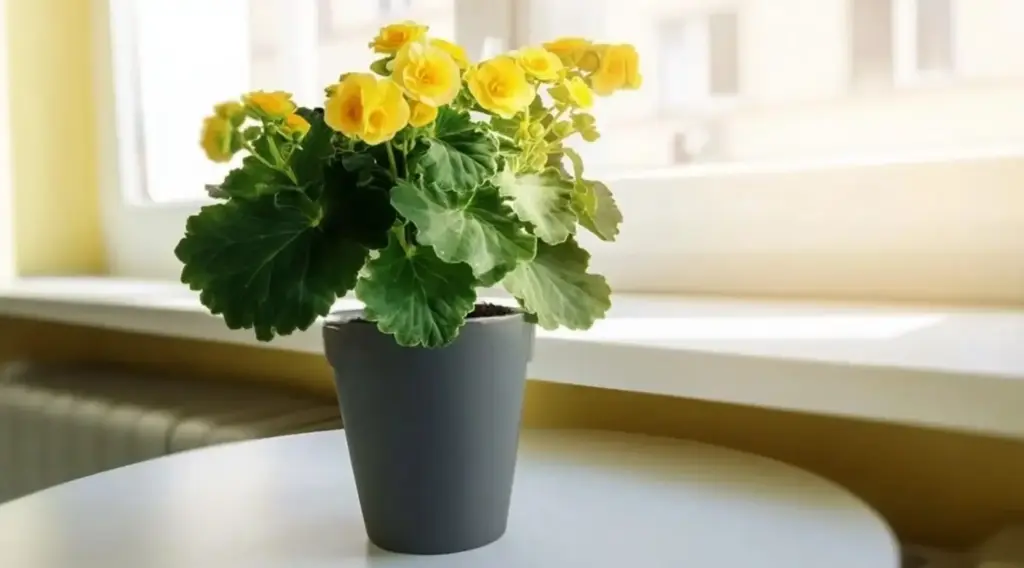
Most begonias prefer filtered light—think morning sun and afternoon shade. A covered patio, balcony, or a spot beneath a pergola is perfect. Too much direct sun can cause leaf burn, while too little light will limit flowering.
📍 For full-shade spots, opt for foliage begonias like rex types. For part-sun areas, tuberous and wax varieties will thrive.
5. Match the Begonia Variety to the Light Levels
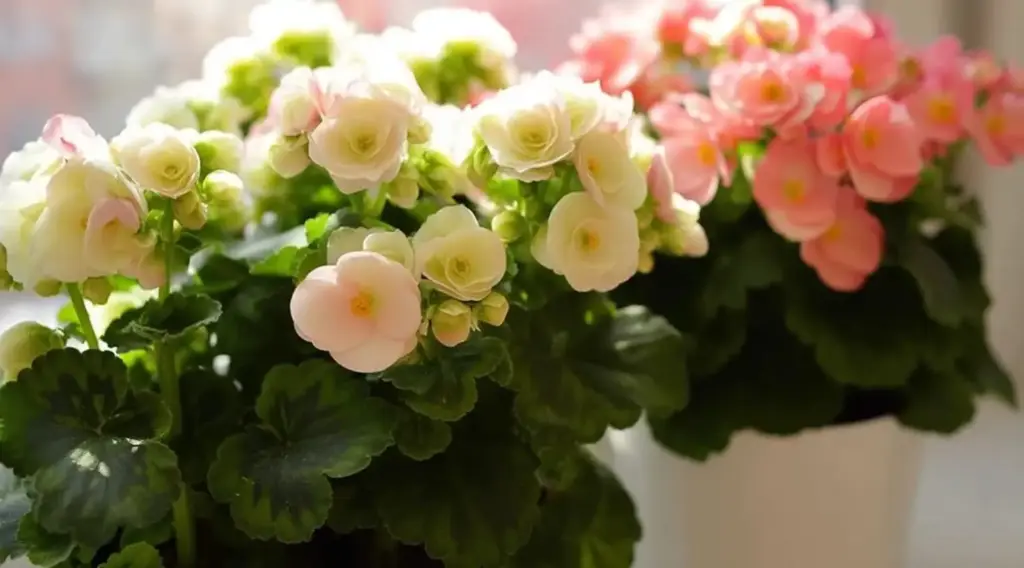
Not all begonias are created equal:
- Wax begonias tolerate more sun (ideal for bright balconies).
- Tuberous begonias prefer dappled light or partial shade.
- Rex begonias are mainly foliage plants and do best in full to partial shade.
Knowing your variety helps avoid leggy growth or fried leaves.
6. Fertilize Lightly Every Two Weeks
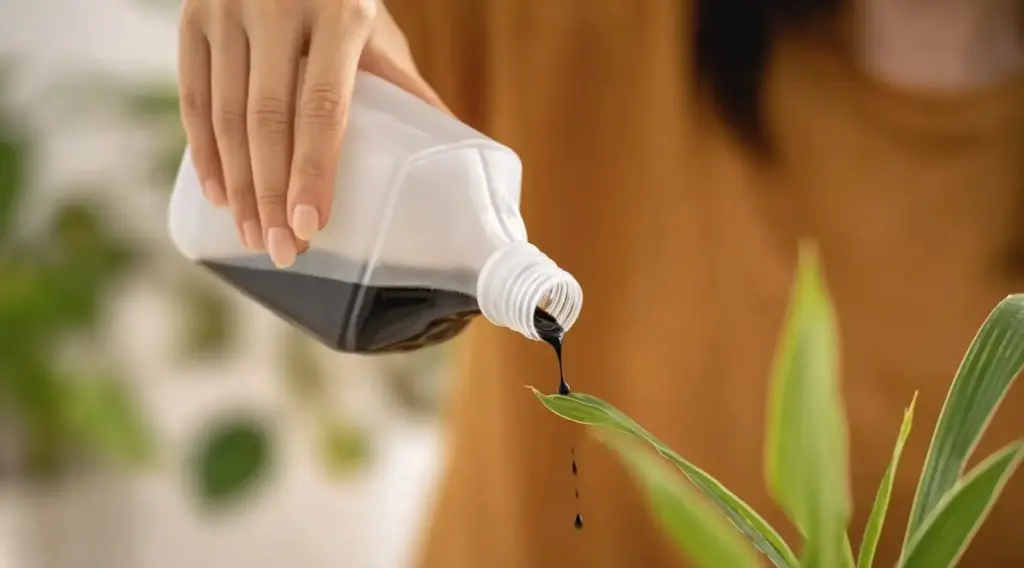
Begonias in pots need consistent feeding because nutrients leach out with watering. Use a balanced liquid fertilizer (like 20-20-20 or 15-30-15 for blooming) every 2 weeks during the growing season.
🧪 Always water first, then fertilize. Never feed dry plants—this can cause root burn.
7. Trim Spent Blooms and Yellow Leaves
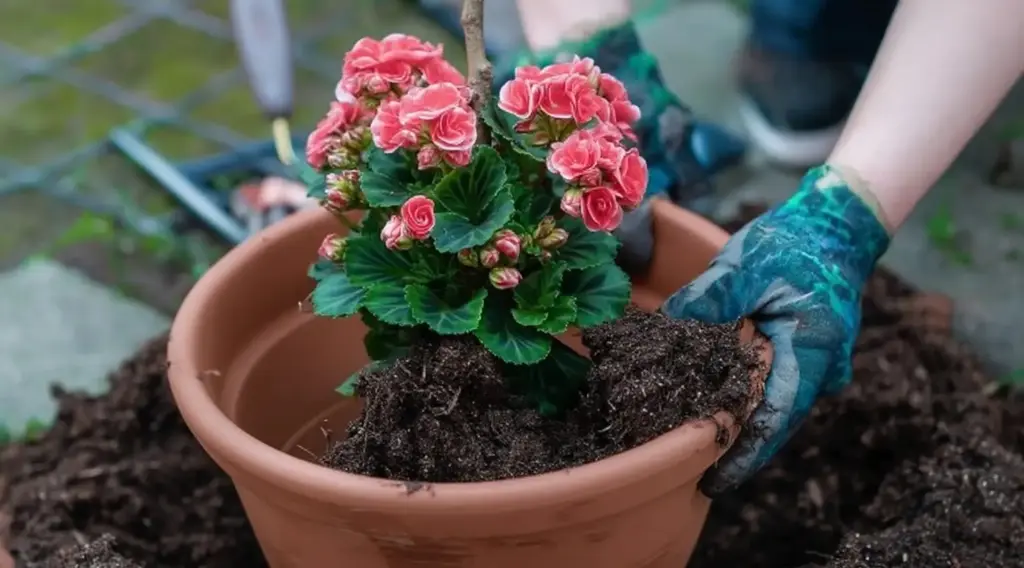
Deadheading and tidying keeps begonias looking their best. Use clean shears to snip off faded flowers and yellowing foliage. Not only does this improve appearance, but it also redirects the plant’s energy to new growth.
✂️ Don’t dig too deep into the plant—only remove what’s clearly unsightly.
8. Watch for Pests (Aphids, Mildew, Spider Mites)
Healthy begonias are less prone to infestations, but keep an eye out for:
- Spider mites (look for fine webbing)
- Powdery mildew (white dust on leaves)
- Aphids or mealybugs
If pests appear, try a gentle neem oil spray. Always test on one leaf first and avoid spraying during hot sun.
9. Overwinter Indoors Carefully
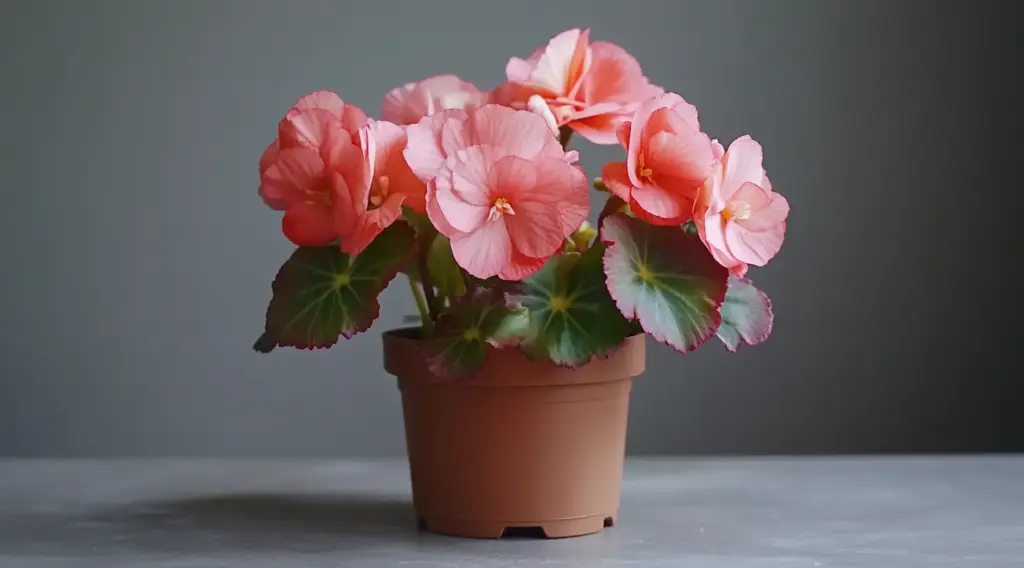
If you’re in a cooler climate, bring your begonias in pots indoors before the first frost. Place them in a bright, indirect light spot and cut back on watering and feeding during winter.
🏠 Inspect thoroughly for pests before moving them inside. One hidden spider mite can lead to a full-blown infestation!
10. Use the “Thriller, Filler, Spiller” Design Concept
Begonias make excellent filler plants in container arrangements, but some varieties can also be thrillers or spillers:
- Thriller: Tall, bold plants like upright tuberous begonias
- Filler: Medium bushy types like wax or rex begonias
- Spiller: Trailing varieties like Belleconia Soft Orange
This simple formula creates lush, professionally styled pots every time.
🌸 5 Stunning Begonia Varieties to Grow in Pots
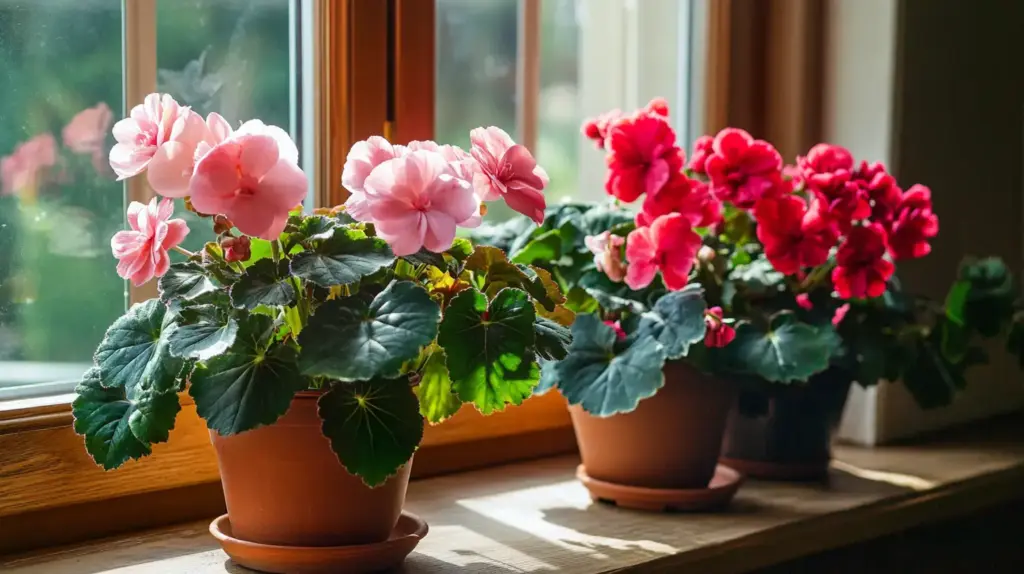
Choosing the right variety of begonias in pots can take your container garden from average to absolutely stunning. With so many types available, it’s worth selecting those best suited to your light conditions, color scheme, and design goals. Here are five standout varieties that offer exceptional performance and beauty in containers.
1. Nonstop Red
This tuberous begonia is a showstopper. With rose-like blooms in a deep, rich red, Nonstop Red is perfect as a bold filler or even thriller in medium-sized containers. It thrives in part-shade, producing continuous blooms from spring through fall.
🌟 Ideal For: Front porches, shaded patios, and dramatic monochrome pots.
2. T-Rex Painter’s Palette
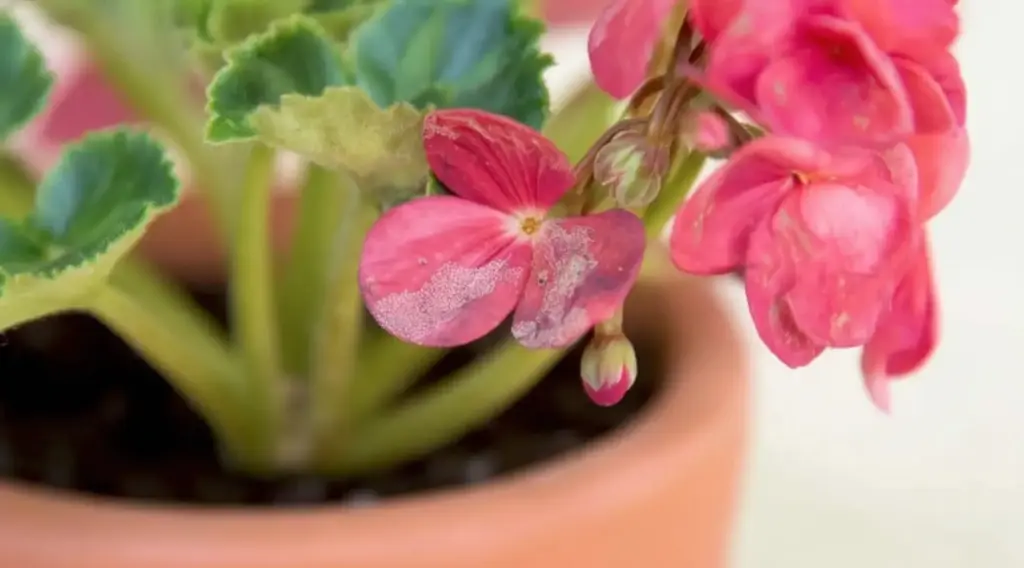
If you’re more into foliage than flowers, this rex begonia variety steals the spotlight. Its large leaves swirl with colors like burgundy, pink, and white, making it a living piece of art. It prefers shady areas and works well solo or paired with softer green plants.
🎨 Use It As: A filler or a standalone stunner in decorative pots.
3. Amstel Blitz
This hybrid Rieger begonia delivers bright sunny yellow flowers and glossy green leaves. Amstel Blitz adds a cheerful pop of color to mixed containers and grows well in part sun. Its sturdy stems make it a great candidate for both thrillers and fillers.
☀️ Bonus: Its upright growth makes it ideal for container layering.
4. Belleconia Soft Orange
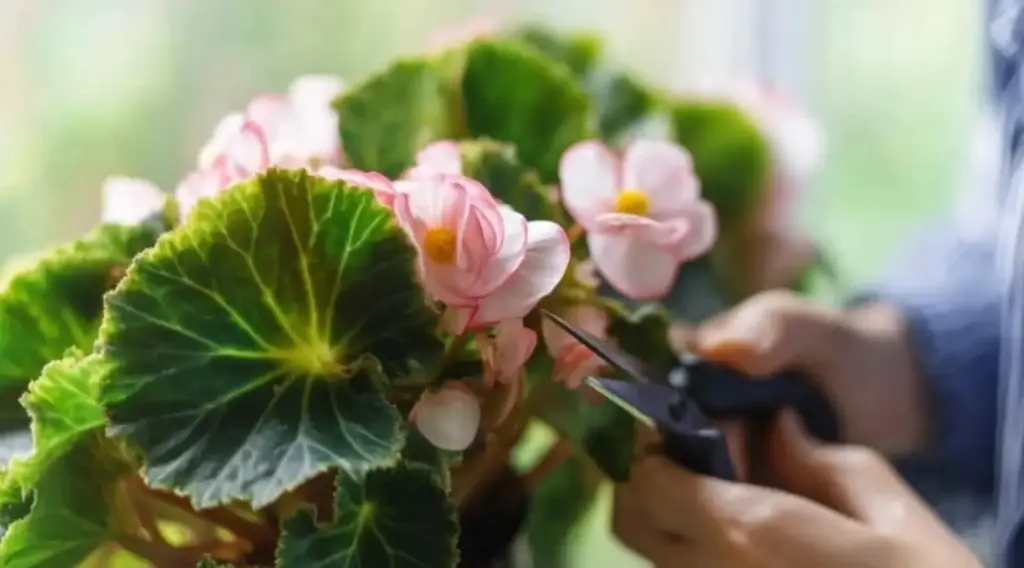
With delicate, cascading orange blooms, this begonia is your go-to spiller. Belleconia Soft Orange shines in hanging baskets or as a trailing accent in mixed containers. It’s more resilient than fuchsias, making it a low-maintenance alternative for similar visual impact.
🌿 Perfect For: Hanging baskets, rail planters, or the container’s edge.
5. Ambassador White
A compact wax begonia with small white blooms and bright yellow centers, Ambassador White is a tidy and elegant option. It’s great for sun to part shade, and pairs beautifully with bold foliage or vibrant annuals.
🪴 Pro Tip: Try it under a tall emerald cedar or next to deep green coleus for contrast.
When selecting begonias in pots, think about how their colors, textures, and growth habits work together. Mixing varieties like these gives your containers depth, movement, and year-round visual interest.
❓ Frequently Asked Questions About Growing Begonias in Pots
1. Can all types of begonias be grown in pots?
Yes! Most begonia varieties adapt well to container gardening. Tuberous, wax, rex, and Rieger begonias all thrive in pots as long as you match the variety to the right light conditions and use well-draining soil.
2. Do begonias need direct sunlight when grown in pots?
Not necessarily. Most begonias prefer indirect or dappled light. Tuberous begonias love partial shade, while wax begonias can tolerate more sun. Always check the variety’s specific light needs to avoid leaf burn or leggy growth.
3. How often should I water begonias in pots?
Water only when the top inch of soil feels dry. Begonias are prone to root rot if overwatered. In hot weather, you may need to water every 1–2 days, especially for small containers.
4. What’s the best pot size for begonias?
Choose a pot that is 1–2 inches wider than the plant’s root ball. Too large, and the soil may retain excess moisture; too small, and the plant may become rootbound quickly.
5. Can I bring my potted begonias indoors for the winter?
Yes. Most begonias are not frost-hardy. Before the first frost, move them indoors to a bright, indirect light spot. Reduce watering and stop fertilizing until spring.
6. Why are my begonia leaves turning yellow?
This could be due to overwatering, poor drainage, or insufficient light. Make sure you’re using a light potting mix and that your container has proper drainage holes.
7. Can I mix begonias with other plants in one container?
Absolutely! Use the “thriller, filler, spiller” method. Begonias make excellent filler plants and pair well with coleus, ivy, palms, or golden lysimachia.
author:🌿 Final Thoughts
Growing begonias in pots is both an art and a science—but once you master the fundamentals, they become one of the most forgiving and rewarding container plants. From selecting the ideal pot and light, airy soil to placing your begonias in just the right light, a little planning results in long-lasting blooms and lush foliage that brighten any space. Whether you’re styling a small front porch garden, a shaded balcony, or a cozy corner of your patio, begonias in pots add instant charm and texture.
Armed with these expert tips and a selection of standout varieties, you’re ready to create stunning, low-maintenance containers that thrive throughout the growing season. Feel free to get creative—mix begonias with other shade-tolerant favorites, experiment with pot styles, or try layering them into container combinations designed for summer flair. When it comes to begonias in pots, the design possibilities are as vibrant and dynamic as the blooms themselves.
🌿 Love gardening inspiration? Follow me on Pinterest for bold plant ideas, tips, and seasonal color!
More Posts
